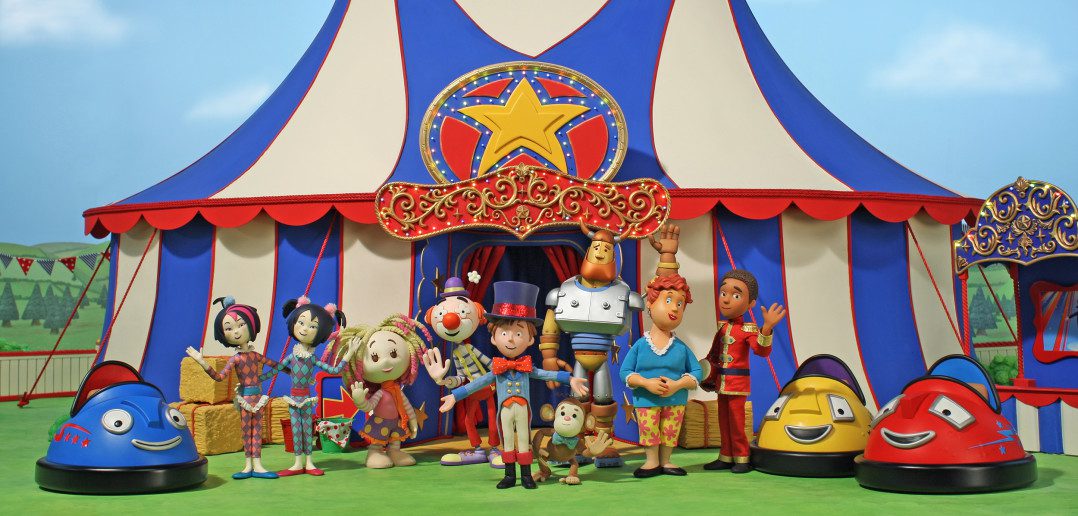Intellectual Property (IP) is a tricky thing. It’s about creativity and subjectivity, and knowing when one man’s trash may turn out to be another man’s treasure. Identifying IP with commercial potential and assessing the level of investment needed to realise this is complex.
The skill to creating valuable IP is in the initial identification, supported by research and a clear strategy for the channels of exploitation. Trend data analysis can be used to look into markets and product trends as far as two years in advance of where we are today, and help identify exciting new opportunities for purchasing IP. However, once you’ve found your golden ticket, true success lies in the ability to develop and assess the value of the IP at every stage of the development process, throughout the financing, production, distribution and merchandising stages. Here are some of our best practice tips on how to leverage IP to its fullest potential:
1. Financing
The money you invest doesn’t stop with the initial acquisition. It will also involve continued planned expenditure, which will help ensure your IP delivers valuable returns for years to come. The odds are, not every IP you invest in is going to be the next Peppa Pig. You need to be realistic from the get-go about the level of success your content is going to have on an international scale and invest accordingly. This is one of the most challenging aspects of financing; people who create IP are often so passionate about their projects they’re convinced they have the next global sensation on their hands.
2. Production
Even though there are now more platforms than ever to leverage content across both digital and linear mediums, it’s a very competitive landscape. In order to achieve cut-through, your content has to be more compelling than ever and your audience needs to be able to connect with it. Most importantly, never compromise on the quality of your content. At Komixx, we specialise in animation, so naturally we invested in our own animation studio, so we always know we’re working with the best talent. As content producers in this saturated market we need to deliver quality, in-depth content that encompasses both creative innovation and a compelling end-user experience across the now fragmented viewing platforms of on-demand and linear broadcasting.
3. Distribution
There’s a balancing act to consider when selling to these digital and linear platforms, which will almost certainly require greater financing and distribution licensing compatibility. Especially if broadcasting in parallel and in the same territory. Also, if content creators are taking the lions’ share of the financial risk, then the need for more flexibility on exclusive terms and holding back the rights from the broadcasters needs to be addressed.
4. Merchandising
Great content has the potential to create a great fan base for your IP which is imperative to success, as it allows for outside opportunities where the value of the IP can be turned into monetary value through merchandising, distribution, and licensing the product. Most importantly, you need to know when the time is right to merchandise content. For example, we waited four years before merchandising our flagship show, Toby’s Travelling Circus (top photo), so we could create a well established fan base and help boost our chances of success. Knowing the idea would translate into an animated series and build a fan base of children that loved Toby and his circus friends, has helped make the series a globally loved animation that has been subsequently sold to over 30 countries worldwide.




